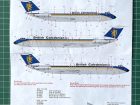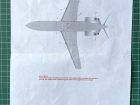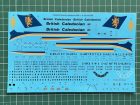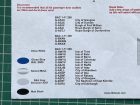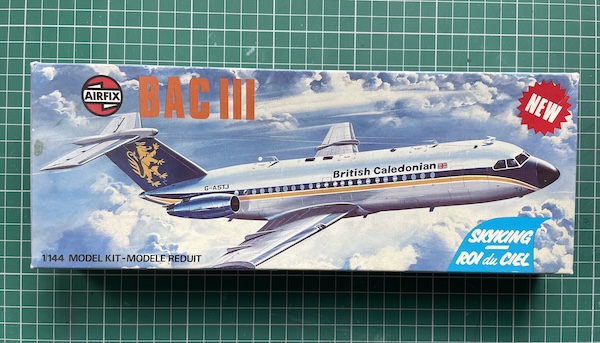
Includes VIDEO DEMOS
Feature Article with Geoff Coughlin
A note from Geoff…
I have always loved the One-Eleven, ever since flying on the type several times back in the 1970s from London Gatwick to Jersey with BUA (British United Airways) on family holidays through to Dan Air on different trips. It was a very comfortable and relatively quiet aircraft to fly in, probably because the twin jet engines were mounted at the back of the aircraft.
So many happy memories and a couple more come to mind, mainly with me persisting with multiple visits back to the airport from our hotel at St Brelade Bay on Jersey to view all the comings and goings from the top of the terminal building. BEA Viscounts, Vanguards and of course many yellow (Aurigny Air Services) Britten-Norman Islanders and Trilanders – what a sight I can tell you.
The BAC One-Eleven (or BAC-111/BAC 1-11) is an early jet airliner produced by the British Aircraft Corporation (BAC). Originally conceived by Hunting Aircraft as a 30-seat jet, before its merger into BAC in 1960, it was launched as an 80-seat airliner with a British United Airways (BUA) order on 9 May 1961. The prototype conducted its maiden flight on 20 August 1963, and it was first delivered to BUA on 22 January 1965. The 119-seat, stretched 500 series was introduced in 1967. Total production amounted to 244 until 1982 in the United Kingdom and between 1982 and 1989 in Romania where nine Rombac One-Elevens were licence-built by Romaero.
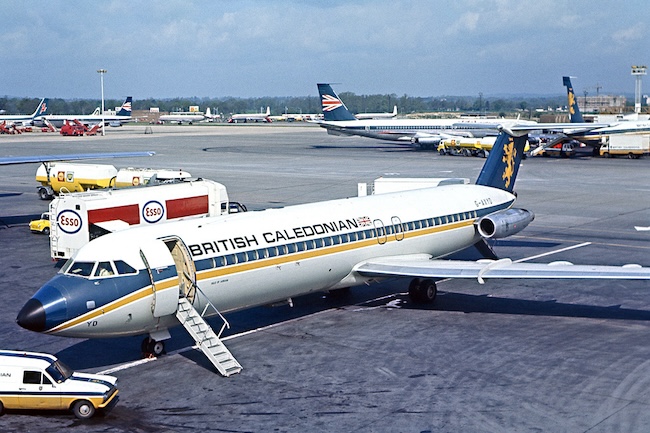
The short haul, narrow body aircraft was powered by aft-mounted Rolls-Royce Spey low-bypass turbofans, a configuration similar to the earlier Sud Aviation Caravelle and later Douglas DC-9. It competed with early Boeing 737 variants and was used by multiple British, European and US airlines, including Romanian operators. It was replaced by the newer Airbus A320 and later 737 variants, as well as by the Bombardier CRJ200 regional jet. Noise restrictions accelerated its transition to African carriers in the 1990s, and the last BAC One-Eleven was retired in 2019. (Source: Wikipedia)
The Airfix kit
At the time of writing, this kit hasn’t yet been re-released by Airfix in their Vintage Classics series, although it shouldn’t be too hard to find one on an on-line auction site where they frequently appear.
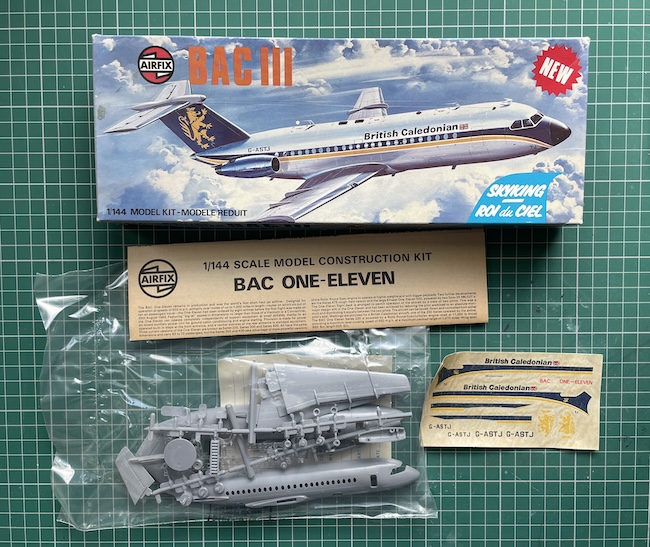
VIDEO DEMO
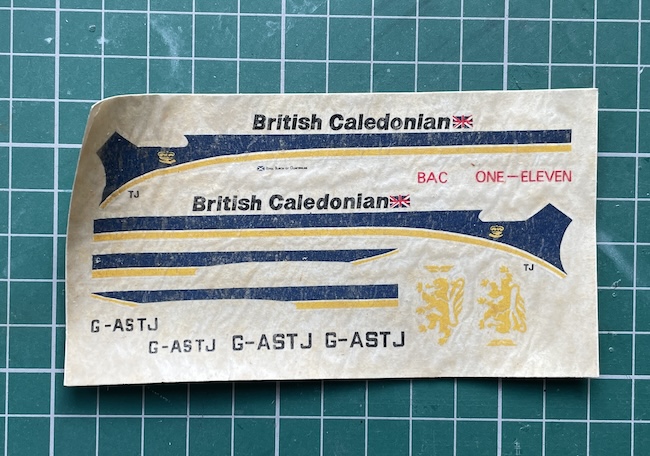
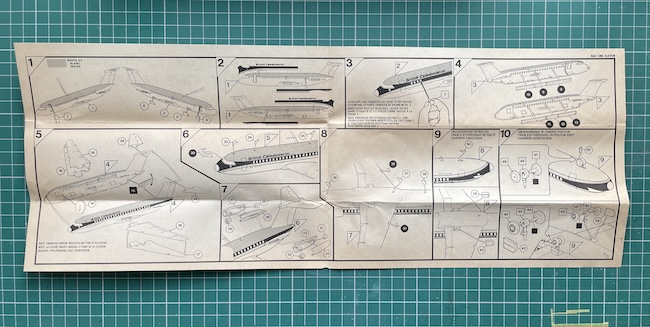
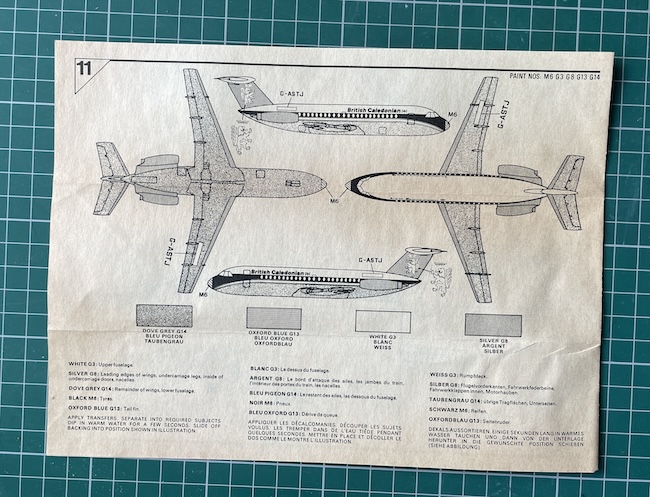
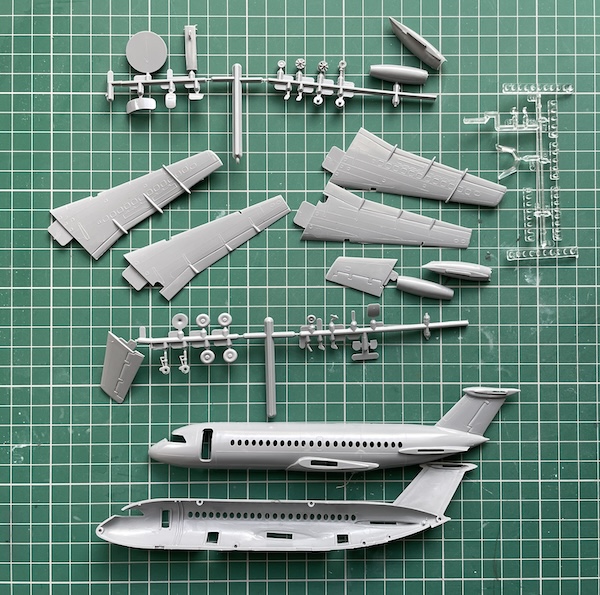
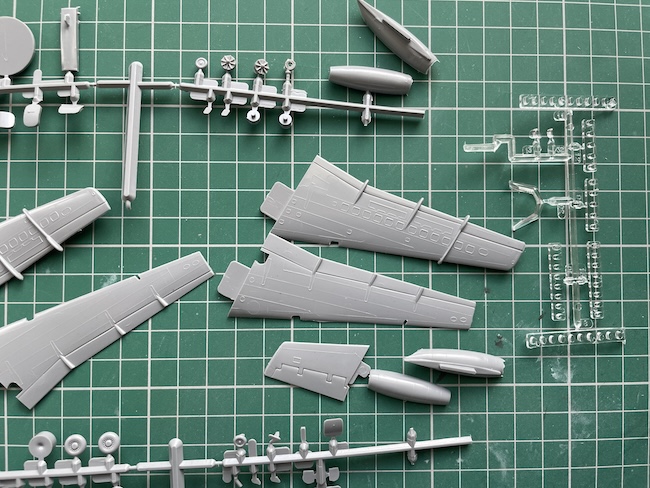
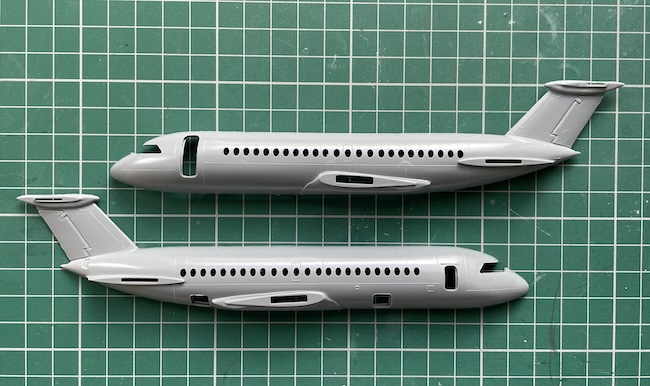
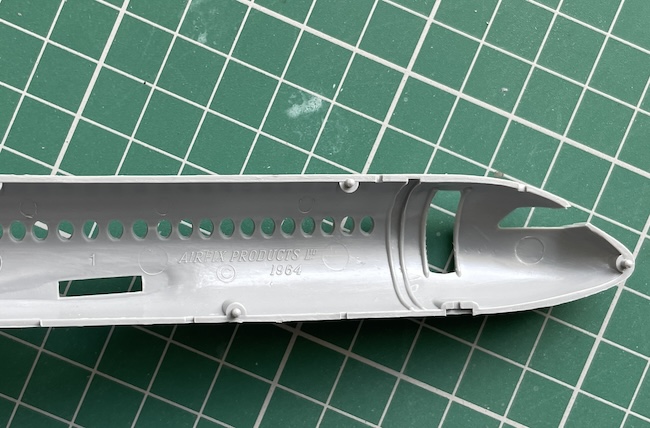
The kit port fuselage side is marked as dating back to 1964 and the plastic is good – a hard medium grey and featuring crisp detail. Sure, there is some flash but not too much that’ll be easy to remove. More on plans for the build shortly.
Aftermarket items
All that’s needed is a new decal sheet and this comes courtesy of 26 Decals (www.26decals.com). Set STS44397 British Caledonian BAC 1-11 200, 300, 500 looks very good with some great stencils and clean markings. The kit decals are completely unusable due to their age and condition.
